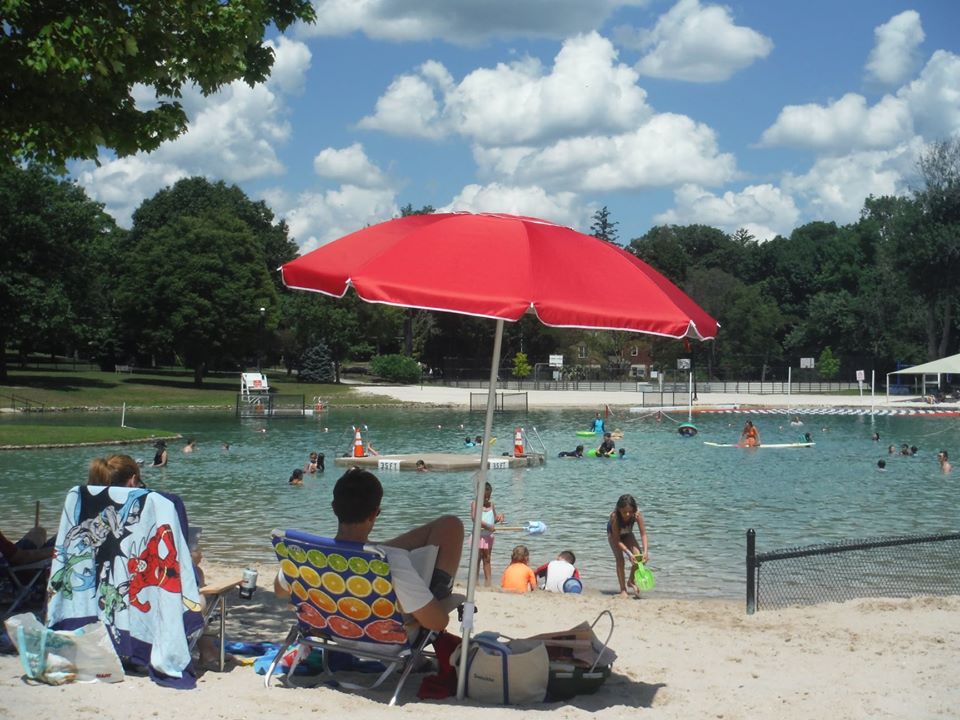
file photo by Boyd Loving
the staff of the Ridgewood blog
Atlantic City NJ, each year, approximately 3,000 individuals in the United States end up in emergency rooms due to accidents involving beach umbrellas. These incidents, ranging from impalements to other serious injuries and, tragically, even deaths, prompted a concerted effort by officials to make beach umbrellas safer. Beginning its work in November of 2021, the American Society of Testing Materials (ASTM), with the help from engineers from the Consumer product Safety Commission (CPSC) have jointly announced the passage of ASTM F3681-24 on April 2, 2024, a groundbreaking safety standard aimed at safeguarding beachgoers from potential hazards posed by unstable umbrellas.
Bill Schermerhorn, creator of the beachBUB Ultra Umbrella base, states, “The winds on the coast are very unpredictable. A wind gust can occur anytime during the day and can be 2-3 times the prevailing wind. This means it is not usual for a gust of wind to reach 25 MPH at any given time on any given day.” The universal beachBUB Ultra Umbrella Base is designed to secure any and all umbrellas 7 ½ feet or less in winds up to 30 MPH.
In 2021, prompted by concerned U.S. Senators, the American Society of Testing Materials (ASTM) formed a committee to investigate beach umbrella safety issues for the first time. This committee, included senior engineers from the Consumer Product Safety Commission (CPSC) who conducted all comprehensive field, wind tunnel, and lab testing to understand the forces that cause beach umbrellas to become unstable and airborne. The findings were clear: traditional screw devices or spiking an umbrella pole deep into the sand are not effective in preventing flyaway accidents. Through rigorous testing, CPSC Engineers determined that incorporating 75 pounds of resistance at the bottom pole of a 7 ½ foot umbrella was a viable solution to secure an umbrella in winds up to 30 MPH.
“For decades, beach umbrellas have been designed and manufactured without the benefit of scientific testing on how to anchor and secure them in the sand safely. Over 95% of all beach umbrellas used today don’t include any anchoring device at all; they are stuck or screwed into the sand. Because of this standard, all future users of beach umbrellas, including commercial entities, will know through labeling if they are using a compliant and safe product,” says Schermerhorn.
Authorities governing beaches will soon inform the public that using a beach umbrella requires an ASTM F3681-24 compliant anchor. Failure to comply may result in individuals being asked to take down their umbrellas. A special label will need to be affixed to the beach umbrella/anchor to confirm that the device is compliant with the new standard.



Does the photographer get a kick back every time he spams the town FB group with irrelevant articles from this blog?
no but we get to mock out stupid bigots like you , FYI it was the #1 read post today
Never knew the stats on beach umbrellas but I have seen them cause damage at the beach. When one starts to go you better be ready to move quickly.